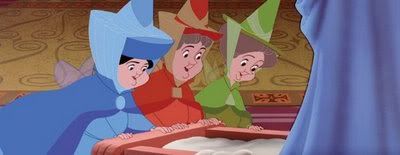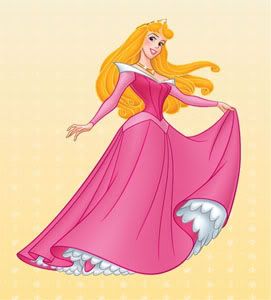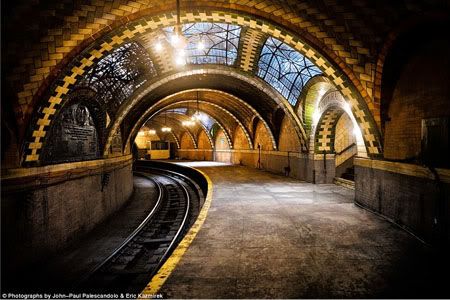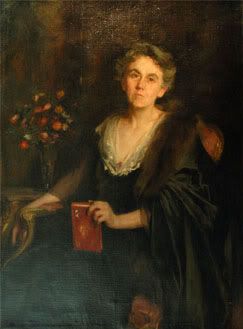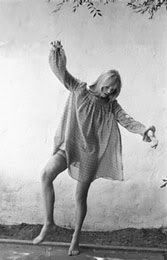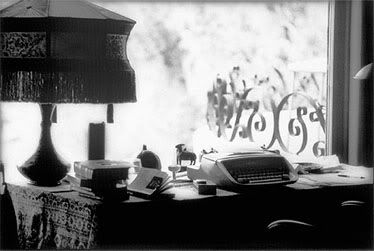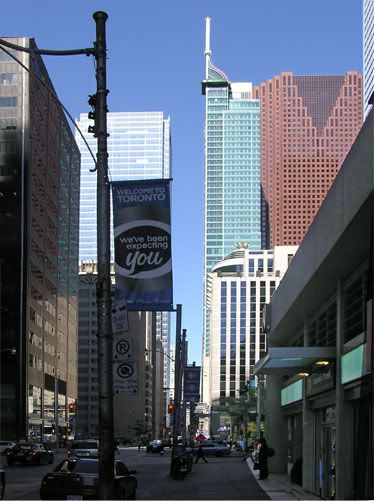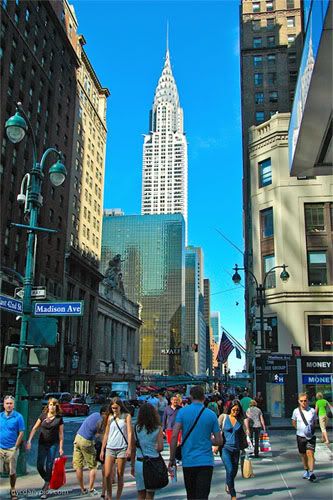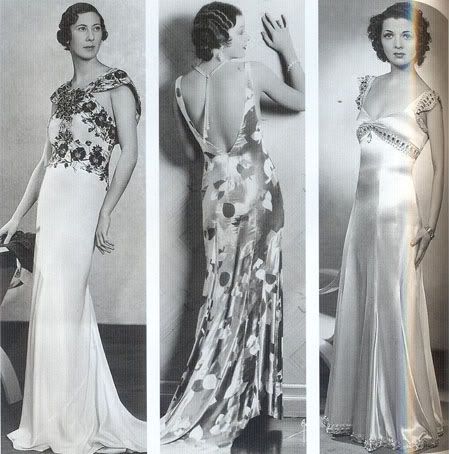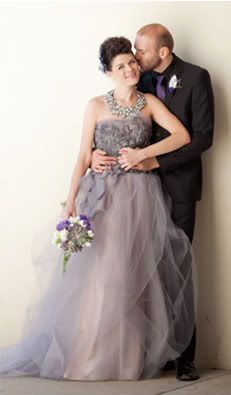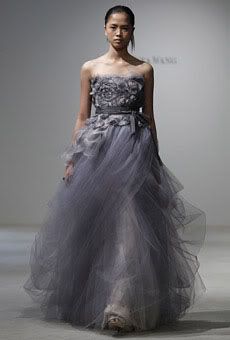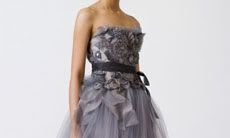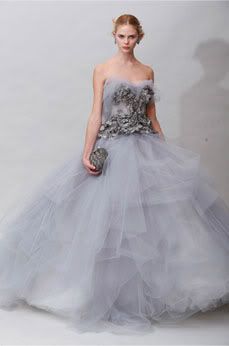Ad of Estée Lauder's Idealist Even Skintone Illuminator
Product Details for the Idealist Even Skintone Illuminator:
The first fast-acting Serum from Estée Lauder Research proven to dramatically reduce the look of uneven skintone:
- redness
- acne marks
- dark spots
- sun spots
- discolorations
Instantly: redness is reduced, skin looks fresh and radiant.
In just 2 weeks: 62% of women showed a significant improvement in skintone in a clinical test.
Over time: skin looks noticeably clearer and brighter, vibrant and more even-toned.
This intensive, yet gentle oil-free serum features powerful technologies to address the look of every key sign of uneven skintone:
- Triple-Optic Technology provides skin with a brighter, more luminous look from the very first application.
- CorrectTone Technology visibly reduces uneven skintone in 2 weeks, while anti-oxidants help prevent its re-appearance.
Imagine skin so incredibly clear, even-toned and radiant, you have nothing to hide.
Proven gentle and effective for all ethnicities. HOW TO USE
Apply on clean skin. Follow with your SPF moisturizer.
For maximum even skintone results, use AM and PM for the first 12 weeks, then continue with your regular Estée Lauder regimen, using Even Skintone Illuminator every AM.
If you use Advanced Night Repair at night, continue to apply it first, then follow with Even Skintone Illuminator
-------------------------------------------------------------------------------------------------
I found Tom Wolfe's
The Painted Wall at a second hand bookstore for $4.95 (compared to the $12 advertized in the websites of most retail book stores). None of the books salesmen, whether at Chapters, Coles or the second hand store, knew about the book. And I couldn't find (or the salesmen couldn't find) the lone copy that was listed in the big store databases.
"No-one reads Tom Wolfe anymore," I said disdainfully.
"He wrote a couple of fiction books," said one book expert, not to be outwitted.
"He's best known as a scathing critic of culture. Forget his fiction," I said.
I usually take my books to a favorite reading spot, somewhere where I can have a cup of coffee. This time, I went to a restaurant, which although it has loud music, is muffled by the very high ceilings. The nice waitress gave me a large seat, and took my order.
Well, I was right across from a couple which looked like it was in its early twenties. I should have read the signs. The girl was an attractive, well-groomed Chinese/Korean/Asian, and the guy was an unattractive white guy, who was overweight, badly groomed, and dressed sloppily in dirty sweats and baggy jeans. Yet another from my survey: "
White unattractive guys with cute Asian girls." The girl was facing me while the guy had his back to me (and he never turned around once in my direction, even through the "interaction" that followed).
I should add that the Asian cuteness is over-rated, and I think white girls are by far the more beautiful, if we are to make a hierarchy of looks, with blacks coming second.
I have this theory that it is the Asian girls who run after the white guys, using their wiles in many ways, from their long permed hair (no Asian girl has naturally curly or wavy hair, and every Asian girl has long hair), their short-shorts that is the style-du-jour for the summer months (as I count short-short wearers, Asian girls far outnumber anyone else, at least here in Toronto), their ready smiles, and all-round more feminine ways. But, as I have noted, this "femininity" takes a back seat to a more belligerent temperament as the white male/Asian female relationship solidifies, i.e. the man is trapped.
Since Asians females aggressively shove in my face their alien, inter-racial couplings, i.e., muscling aside the traditional same-race relationships (Asian females are now more commonly with black males as well), I have no qualms about staring at such couples from where I am in the subway, at a cafe, or just standing at the sidewalk.
And I did so at this couple, although I was staring at the girl directly, and glancing at the back of the guy. The effect was interesting. The girl put on a terrified, trapped look on her face, and kept aggressively and cloyingly demanding the man's attention, from linking her arms with his, to rubbing his hands, to shaking her permed wavy hair back and forth. I didn't stop staring. I decided that they have a few choices in order to "deal" with my behavior. The guy can come and confront me, like a true "man," then we can have a real mano a mano; he can call the wait staff, then I can call the manager and tell them I've done absolutely nothing wrong; they can continue as they are; they can stop; or they can leave.
They chose mid-way between stopping and continuing, egged on by the Asian girl. She smiled, she scowled, she frowned, and finally, when the the dry seriousness of it hit her, she put on a terrified look.
Then, I just smiled, picked up my book and read my few chapters. All the waiters/waitresses were nice to me. One took so long to take my order (it was a busy afternoon) that I caught him rushing by and he served me with his profuse apologies. Another forgot my bill, so I asked him to bring it, for which he profusely apologized. Another sent me to the wrong exit, for which he profusely apologized, and set me to the right directions. I wasn't some loony, and the wait staff was on my side (I made sure of that). I left with a chorus of their goodbyes, and my demure smile from behind my shoulder.
The hand-clinging couple, with the petrified Asian girl, continued with its pathetic public display of I-don't-know-what, knowing (at least the girl) that someone doesn't find it cute.
I should add that I don't really find anything wrong with public displays of affection between couples. I think, though, they should be discreet and as private as possible. Or, lovers should be on the romantic bridges of Paris, with a beautiful sunset as the backdrop to a silhouette of the many lovely buildings around the Seine, which would make them romantic and demonstrative and not not lewd and clingy.
But there is something creepy about seeing public demonstrations of terrified affection between a white guy and an Asian female.
Still, a bar/restaurant in a mall doesn't capture any romance for anyone, and in fact it is simply a place to have a decent meal, to have some conversation (if the music allows), and to leave.
I read some funny sections from my small book, had my quick snack, paid my bill and tip, and left. The "couple" stayed with its footsies and carb-filled dinner.
I am waiting for the wrath of white women who will some day have their multi-culti glaze removed from their eyes, as they realize that their men have been stolen away from them, and by the Asian "friend" who was around all the time.


